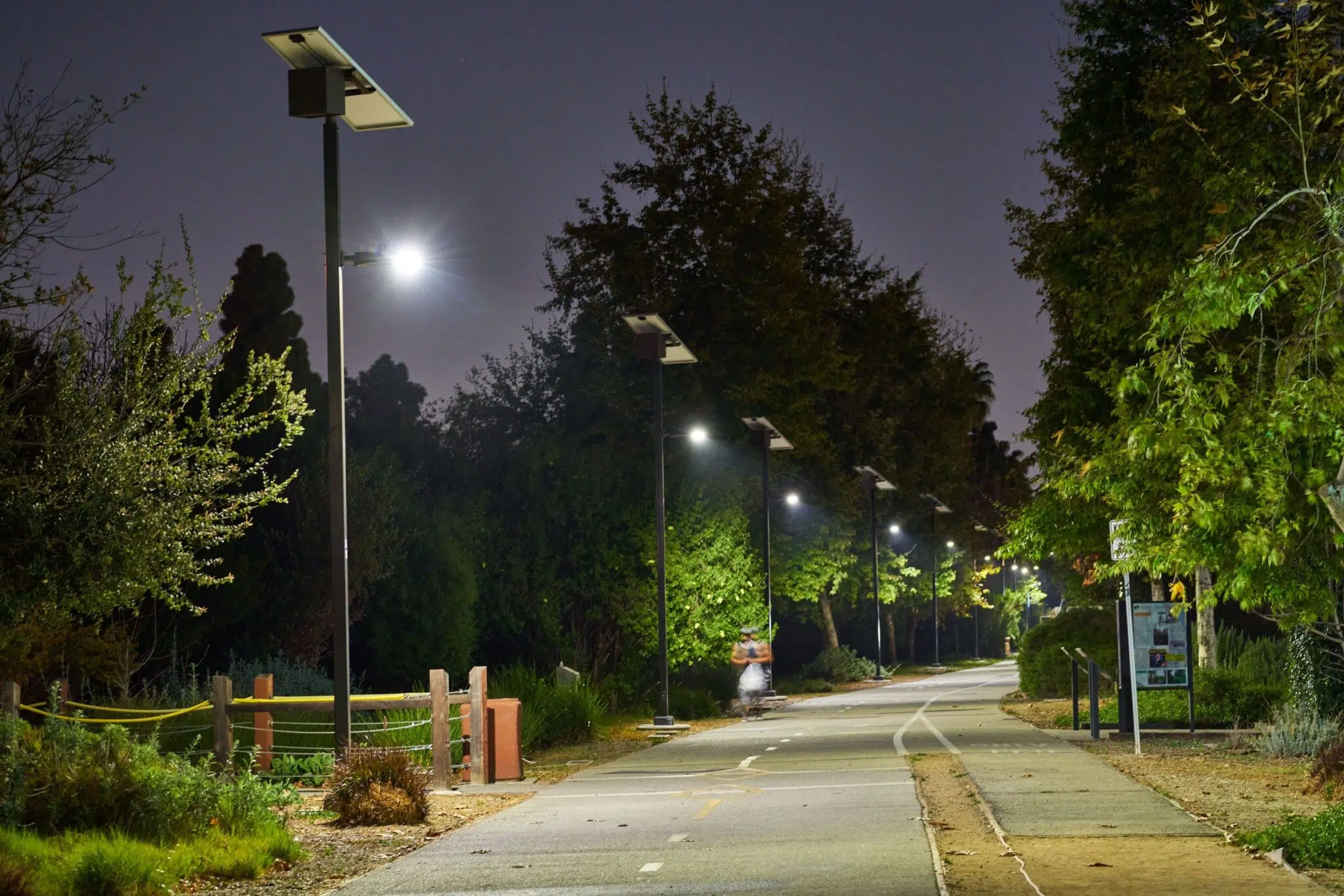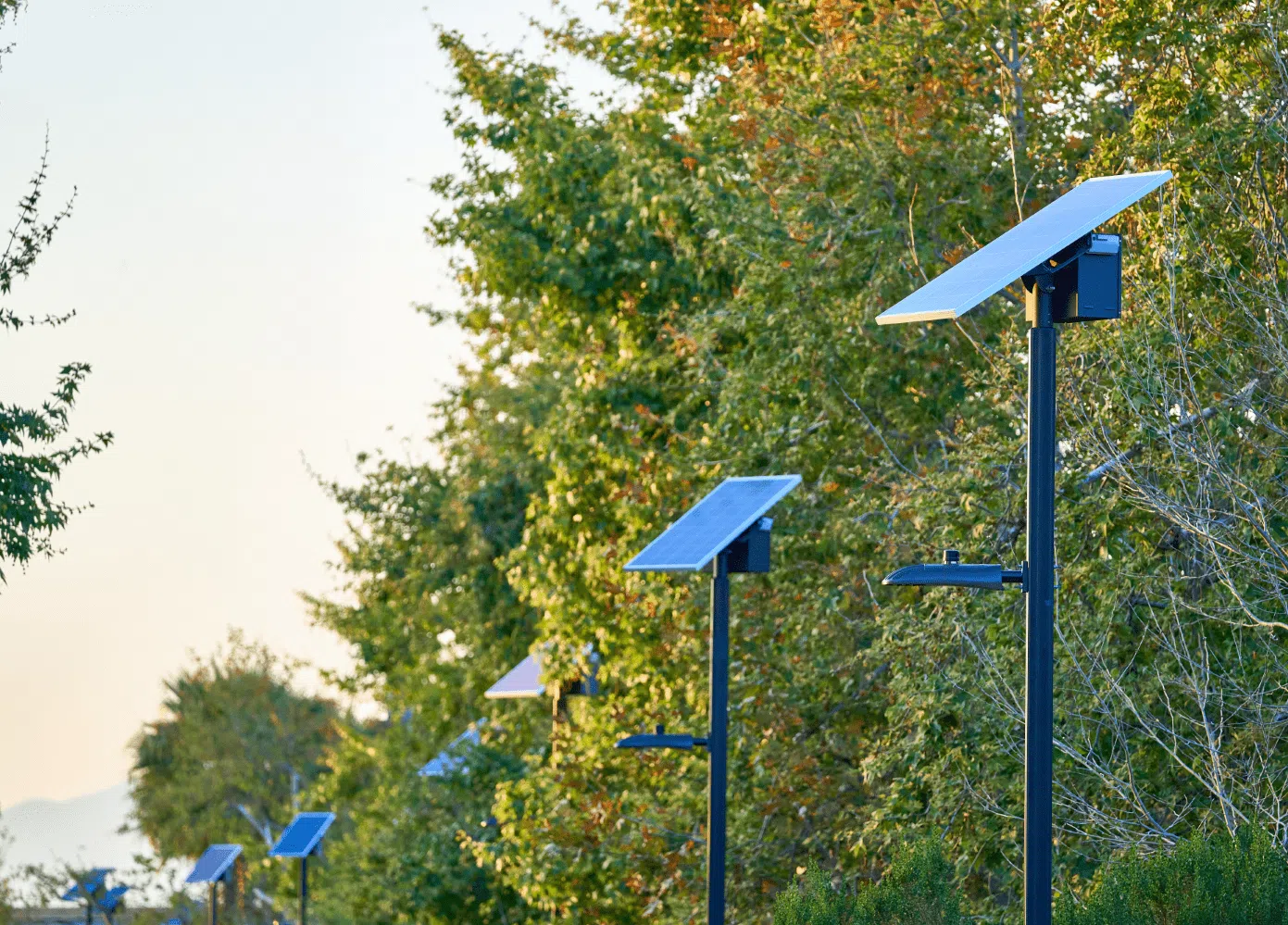Study after study highlights the same sobering truth: Our planet is facing an unprecedented crisis. Glaciers are shrinking at alarming rates, sea levels continue to rise, and extreme weather events are becoming both more frequent and intense. Despite global efforts, we remain far from achieving the critical target of limiting temperature increases to below 1.5°C.  While the situation seems dire, there are actionable steps we can take to mitigate these challenges—not just through small-scale individual actions like carrying reusable bags, but on a larger municipal level. Cities, which house more than half of the world's population and account for 70% of global greenhouse gas emissions, hold immense potential to drive meaningful change.  Luckily, many cities are already stepping up to the plate. From New York City to San Diego, local governments are setting bold goals to reduce their environmental footprint and foster a sustainable future. While the scope of the problem is vast and complex, much of the solution lies in transitioning away from fossil fuels and embracing renewable energy sources such as solar power. Even something as seemingly mundane as street lighting presents an opportunity to make a big difference.  In this article, we'll delve into how solar-powered lighting can help cities reduce emissions, enhance resilience, and inspire broader adoption of renewable energy within their communities.    Public lighting, including streetlights and area lighting, is often one of the biggest energy consumers under a city's control. The Climate Group reports that this typically accounts for 20-40% of municipal electricity usage. Since most of this electricity comes from burning fossil fuels like coal, natural gas, and oil, reducing its consumption is crucial.  Switching to LED lights is one way to achieve significant energy savings—LEDs use up to 70% less energy compared to traditional lighting methods. However, even with this reduction, LEDs still depend on grid electricity generated from fossil fuels, meaning they still contribute to carbon emissions.  Solar-powered lights, on the other hand, harness sunlight—a clean, renewable resource—to generate electricity. During the day, solar panels collect sunlight and store it in batteries for nighttime use. Because they operate independently of the electrical grid, solar lights eliminate reliance on non-renewable energy sources, reducing overall energy consumption, easing grid strain, and minimizing the risk of power outages.    By eliminating dependence on non-renewable energy sources, switching to solar lighting delivers immediate environmental benefits. But there's another advantage: solar power is essentially free once installed. Cities that adopt solar lighting no longer face steep monthly utility bills, nor do they need to worry about rising energy costs over time.  Beyond cutting energy costs, solar lights require minimal maintenance and boast long lifespans. Traditional lamps often need replacement every few years, whereas solar lights like those from Sol feature high-quality fixtures designed to last well over a decade. High-density batteries typically last 5-10 years, while solar panels have an industry-standard lifespan of 20-30 years.  Over time, the financial savings from lower utility bills and reduced maintenance can accumulate into substantial amounts. These funds can then be redirected toward other sustainability-focused projects such as public transportation, pedestrian-friendly infrastructure, urban green spaces, and more. Investing in solar lighting isn't just environmentally responsible—it's financially savvy too.    It might surprise you to learn that social influence plays a powerful role in driving renewable energy adoption. Simply knowing something exists and understanding its advantages doesn't always translate into action unless it becomes visible and tangible within your own environment. When neighbors see solar panels on rooftops or solar lights illuminating public spaces, it creates a ripple effect encouraging others to follow suit.  Research has demonstrated that residential solar installations tend to increase the number of solar systems installed nearby. More recently, studies have shown that similar "solar seeding effects" occur when non-residential installations—such as those implemented by governments, businesses, or educational institutions—are introduced into a community. Data indicates that each non-residential solar installation in a given postal code leads to one to four additional installations elsewhere in the area.  When municipalities choose solar lighting, they not only enjoy direct benefits but also help raise awareness about renewable energy options. This, in turn, motivates other organizations and households to join the transition toward cleaner energy solutions.  Cities may bear significant responsibility for climate change, yet they also possess unmatched potential to drive positive change. By investing in sustainable infrastructure like solar lighting, reallocating savings toward other green initiatives, and inspiring collective participation, local governments can pave the way toward a healthier, more resilient planet. Alumina Ceramics,Alumina Ceramic,Vacuum Sucker,Al2O3 Ceramics Sucker WuXi TecCeram Fine Ceramic Co., Ltd , https://www.hitechceram.comConserve Energy and Cut Emissions
Reinvest in Sustainability Initiatives
Promote Renewable Adoption
```html
```
This version retains the original message while adding depth and clarity through expanded explanations, storytelling, and richer detail, making it feel more human-written and engaging.



